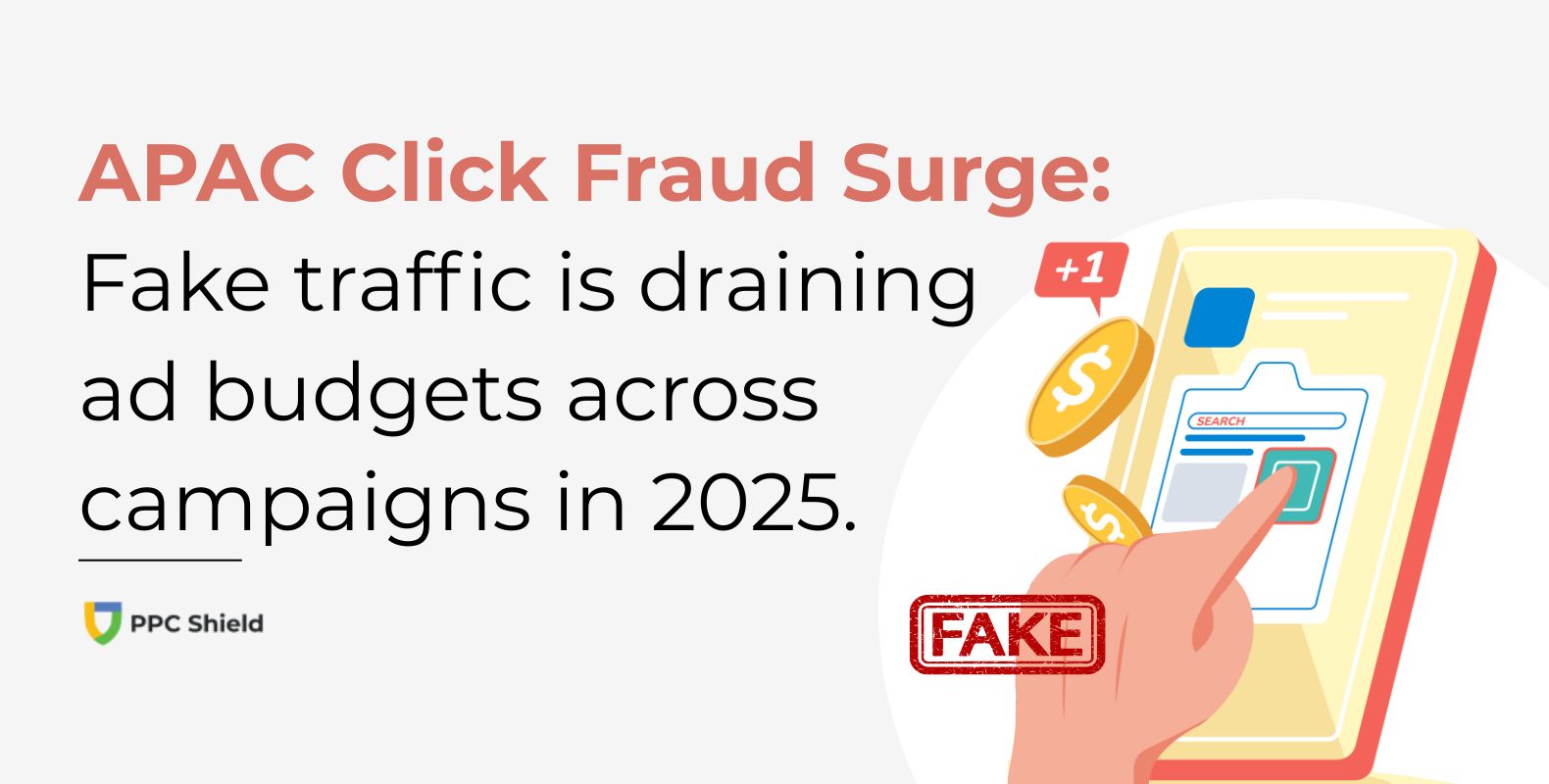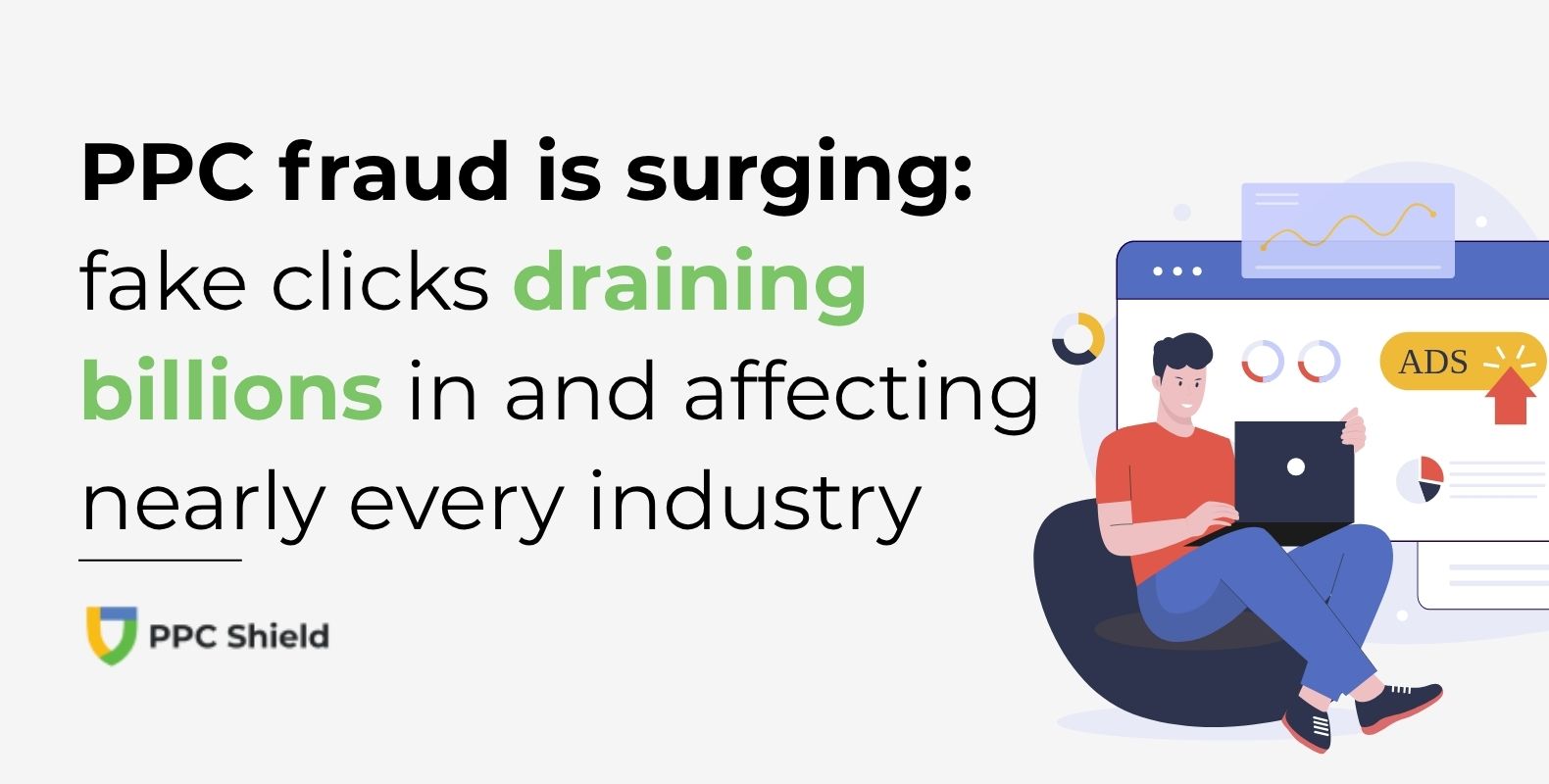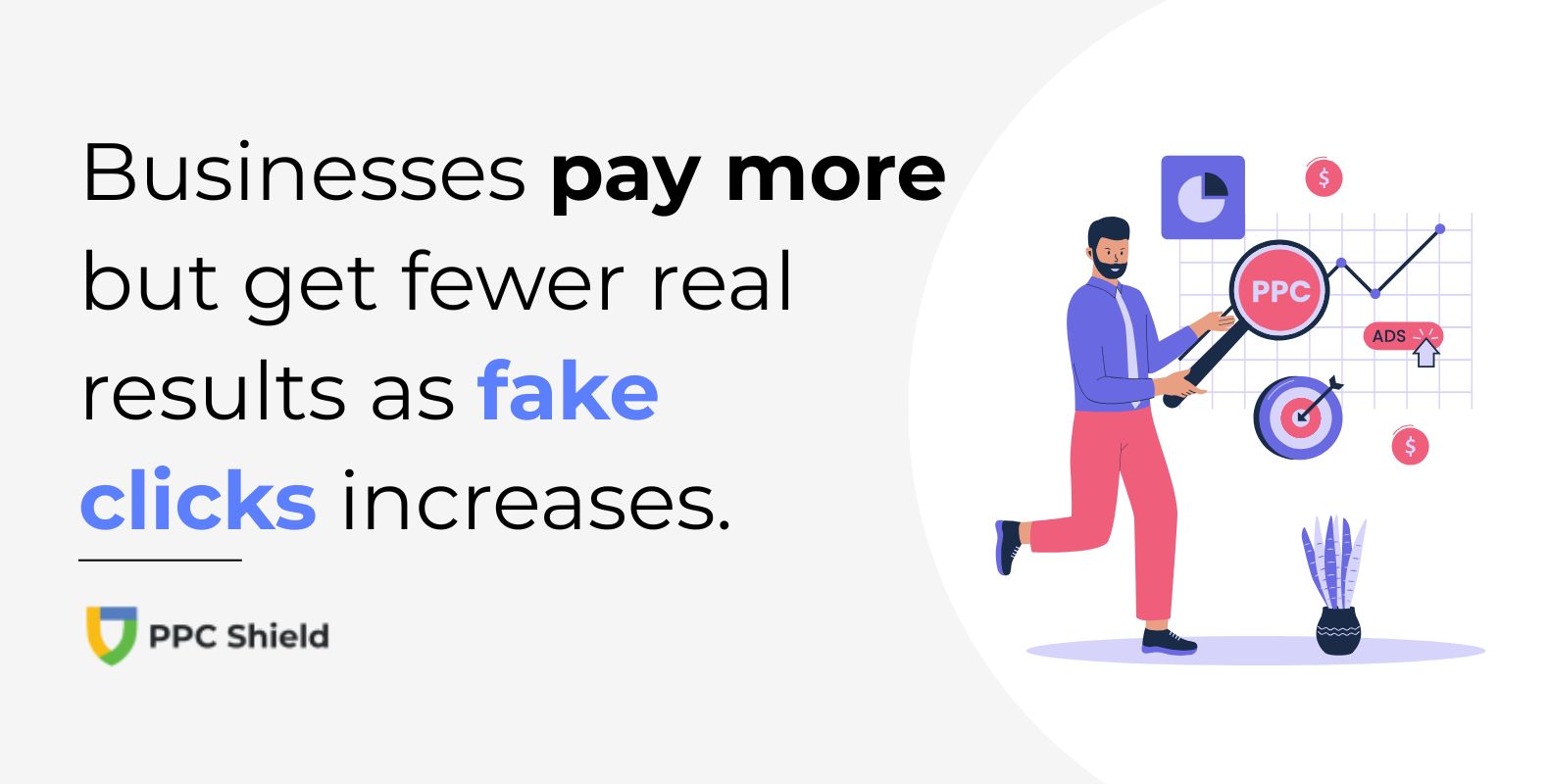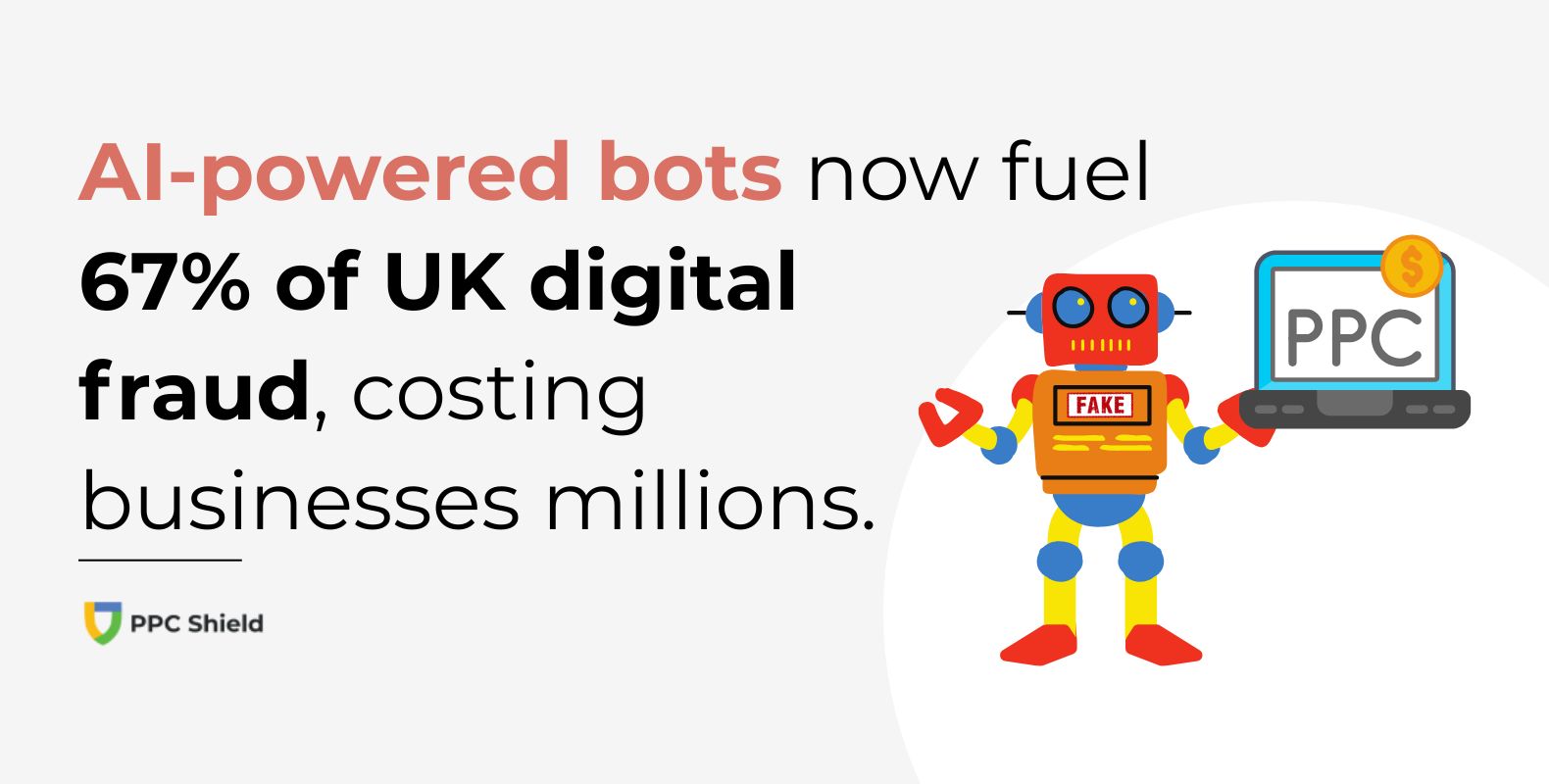Q2 2025 APAC Click Fraud Insights: A Wake-Up Call for Advertisers

In Q2 2025, the Asia-Pacific (APAC) region saw alarming levels of invalid traffic (IVT) targeting click-based digital advertising, with fraudulent activity threatening ad budgets across desktop, mobile web, and mobile app channels. As businesses increasingly invest in programmatic advertising, these findings raise urgent concerns about the effectiveness—and safety—of ad spend in the region.
Let’s break down the numbers, highlight the most vulnerable formats and industries, and explore how advertisers can protect their investments in this hostile environment.
1. One in Four Clicks on Desktop is Fake
In the APAC region, 24% of all clicks on desktop web traffic were flagged as invalid in Q2 2025. That’s nearly one out of every four clicks failing to meet basic quality criteria.
This represents a substantial leakage in advertising budgets, especially for performance-based campaigns that rely on click-throughs rather than impressions. Fraudsters take advantage of this pricing model by injecting bot traffic and artificial activity to inflate metrics and drain budgets.
2. Mobile Web: Fast Clicker Fraud Runs Rampant
While desktop fraud remains significant, mobile web traffic is also under heavy attack, with 18% of clicks deemed invalid. Notably, 43% of those invalid clicks were classified as “Fast Clicker” IVT, a tactic where clicks are generated in under one second after an impression—far too fast to be genuine user engagement.
This behavior is often a hallmark of bots or automated scripts that are designed to mimic human actions while bypassing standard detection methods.
The problem is particularly acute in Australia, where 40% of mobile web clicks were found to be invalid—a rate more than double the regional average.
3. Mobile Apps: Games & Banner Ads Are High-Risk
Click fraud within mobile app traffic is no less concerning. In Q2 2025:
19% of all clicks in mobile apps across APAC were invalid.
42% of clicks on the 320x50 banner ad size were fake.
41% of clicks within the Games category were fraudulent.
The mobile gaming sector—often a popular destination for advertisers targeting high engagement users—has become a key battleground for fraud. The prevalence of bots and click farms targeting small banner ads on gaming apps means that advertisers could be spending nearly half their mobile app budgets on fake interactions.
4. Fraud Methods Are Becoming More Sophisticated
The types of invalid traffic plaguing advertisers are increasingly technical and hard to detect:
Generating impressions/clicks from low-cost labor or simulated environments.
Bots clicking on ads milliseconds after impressions are served.
Inflated clicks from the same devices or browsers at abnormal rates.
High volumes of clicks with identical “unique” identifiers.
Publishers exhibiting statistically improbable click-through behaviors.
These tactics erode ROI and skew campaign analytics, making it harder for advertisers to optimize or draw meaningful conclusions.
What Advertisers Can Do
With fraud rates this high, inaction is no longer an option. Businesses need to take a proactive stance to defend their ad spend:
Audit All Traffic Sources
Regularly review campaign reports for anomalies in CTR, bounce rate, and time-on-site.
Diversify Ad Inventory
Avoid over-reliance on click-heavy formats or low-cost banner ads in vulnerable categories.
Use Real-Time Protection Tools
Platforms like PPCshield.io offer real-time click fraud prevention, identifying bot behavior, duplicate clicks, and IVT sources before they can damage campaign integrity.
Shift KPIs
Consider blending engagement-based metrics (like time-on-site or conversions) into your evaluation process instead of relying solely on click-throughs.
Why APAC is a Major Target
APAC’s rapid digital expansion makes it a ripe target for click fraud:
High mobile penetration and widespread gaming app usage provide easy entry points.
Many campaigns in the region are performance-based, which attracts fraudsters seeking to exploit click-based billing.
The volume of traffic—combined with often-lax anti-fraud protections—makes it easier for fraudulent clicks to go unnoticed.
This situation isn’t just a regional concern—it’s a global warning.
Final Thoughts
The Q2 2025 benchmarks make one thing clear: click fraud is not just an occasional nuisance—it’s a persistent and costly epidemic. Whether you’re running desktop ads, mobile banners, or in-app campaigns, the risk is real and growing.
Advertisers must rethink their strategy, invest in fraud prevention, and be vigilant. The digital battlefield is evolving, and only those prepared will protect their performance—and their budgets.






